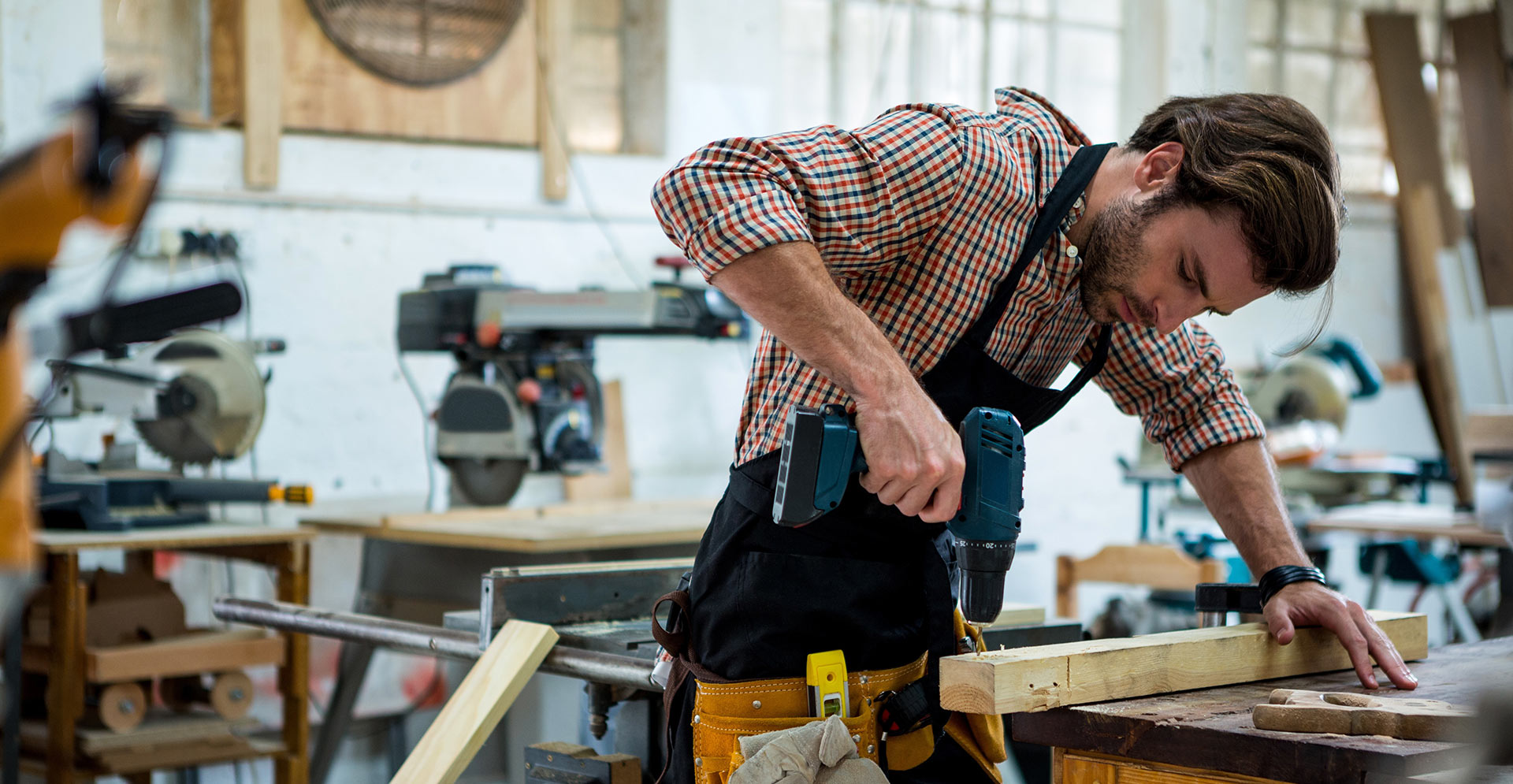Occupational Hearing Conservation is Worth Your Time (and Your Hearing)
Occupational hearing loss is one of the most common work-related illnesses in the United States.
Approximately 22 million U.S. workers are exposed to hazardous noise levels at work each year. Over 30 million U.S. workers are exposed to chemicals, some of which are ototoxic (harmful to the ear) and hazardous to hearing. In addition to damaging workers’ quality of life, occupational hearing loss incurs a significant economic cost to society.
Simply stated, you need to protect your hearing, and your workplace can and should help you do it. Fortunately, we have been assisting Montana State industries in staying compliant with MSHA and OSHA standards for over 30 years.
Our Industrial and Occupational Hearing Safety Service is a comprehensive program that provides the confidence you need to ensure your employees’ hearing is well protected and your liability is significantly reduced.
We travel throughout western Montana to large and small facilities for on-site hearing conservation testing and training, and have four conveniently located offices for new employee and applicant testing throughout the year.
Our team is trained and certified by the Council for Accreditation in Occupational Hearing Conservation. CAOHC. We have a robust record management, reporting, and computational software that allows us to deliver fast and accurate responses for your employees and facility. Utilizing cloud-based, HIPAA-compliant storage, your records are protected and easily accessible.
FAQs
When is it Necessary to Implement a Noise Monitoring Program?
Not every employer needs to measure workplace noise. Noise monitoring or measuring must be conducted only when exposures are at or above 85 dB. Factors that suggest noise exposures in the workplace may be at this level include employee complaints about the loudness of the noise, indications that employees are experiencing hearing loss, or noisy conditions that make everyday conversation difficult. The employer should also consider any available information regarding the noise emitted by specific machines. Additionally, actual workplace noise measurements can indicate whether a monitoring program should be initiated.
How is Noise Measured?
There are two primary instruments used to measure noise exposure: the sound level meter and the dosimeter. A sound level meter is a device that measures the intensity of sound at a given moment. Since sound level meters provide a measure of sound intensity at only one point in time, it is generally necessary to take multiple measurements at different times during the day to estimate noise exposure over a workday. If noise levels fluctuate, the amount of time noise remains at each of the various measured levels must be determined.
A dosimeter is similar to a sound level meter, except that it stores sound level measurements and integrates these measurements over time, providing an average noise exposure reading for a specified period, such as an 8-hour workday. With a dosimeter, a microphone is attached to the employee’s clothing, and the exposure measurement is read at the end of the desired period. A reader may be used to read out the dosimeter’s measurements. Since the employee wears the dosimeter, it measures noise levels in the locations where the employee travels. A sound level meter can also be positioned within the immediate vicinity of the exposed worker to obtain an individual exposure estimate. Such procedures are generally referred to as “personal” noise monitoring.
Where Can Equipment and Technical Advice Be Obtained?
In addition to the services offered through Vibrant Hearing, on-site assistance may be obtained from OSHA-supported state and private consultation organizations. These safety and health consultative entities typically prioritize the needs of small businesses.
Can You Hear Warning Sounds, Such as Back-Up Beeps, When Wearing Hearing Protectors?
The fact is that there are fatal injuries because people do not hear warning sounds. However, this is usually because the background noise was too high or because the person had severe hearing loss, not because someone was wearing hearing protectors. Using hearing protectors will bring both the noise and the warning sound down equally. So if the warning sound is audible without the hearing protector, it will usually be audible when wearing the hearing protector. Additionally, many warning systems can be adjusted or modified to make warning signals more easily detectable.
Won’t Hearing Protectors Interfere with Our Ability to Hear Important Sounds from Machinery and Equipment?
Hearing protectors will reduce the noise level of your equipment, but they will not eliminate it. However, some hearing protectors will reduce specific frequencies more than others, so wearing them can make noises sound different. In cases where the sound must be quieter without any other changes, there are hearing protectors that can provide flat attenuation. There are also noise-activated hearing protectors that allow normal sounds to pass through the ear and only “turn on” when the noise reaches hazardous levels. There are even protectors that professional concert musicians use that can lower the sound level while retaining sound fidelity.
How Can You Protect Your Hearing?
Vibrant Hearing is your trusted source for high-quality hearing protection supplies for folks just like you. If you protect your hearing now, you’ll enjoy a much better quality of life later. If you’re looking for help, don’t hesitate to contact us or complete our contact form for more information on how we can assist you. Visit our blog to learn more about hearing loss and common misconceptions.


